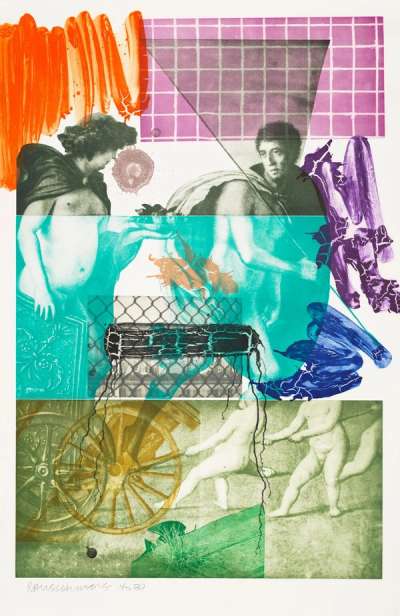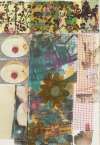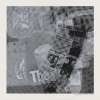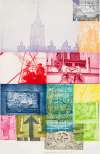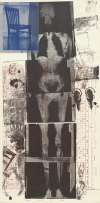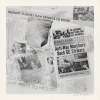Bellini
Robert Rauschenberg's Bellini series, produced between 1986 and 1989, is a striking collection of mixed-media works that blend painting and silkscreen techniques. The series, comprising pieces such as Bellini #1 through to Bellini #5, showcases Rauschenberg’s renowned ability to combine photographic imagery with abstract forms, exploring themes of connectivity and juxtaposition within the visual space.
Robert Rauschenberg Bellini For sale
Bellini Value (5 Years)
Sales data across the Bellini series by Robert Rauschenberg varies by print. While standout works have sold at auction for up to £14220, other editions in the series remain rare to market or have yet to appear publicly for sale. Of those tracked, average selling prices have ranged from £7602 to £14220, with an annual growth rate of 4.25% across available data. Collectors should note the discrepancy in performance between more visible and lesser-seen editions when considering value potential in this series.
Bellini Market value
Auction Results
| Artwork | Auction Date | Auction House | Return to Seller | Hammer Price | Buyer Paid |
|---|
Sell Your Art
with Us
with Us
Join Our Network of Collectors. Buy, Sell and Track Demand
Meaning & Analysis
Robert Rauschenberg’s Bellini series is emblematic of his lifelong experimentation with integrating diverse materials and images to create layered, complex compositions. Each work in the series, Bellini #1 to Bellini #5, serves as a canvas where Rauschenberg explores the interaction between everyday objects and cultural symbols, constructing a narrative that is both personal and universal.
The series derives its name from Giovanni Bellini, an Italian Renaissance painter known for his meticulous attention to detail and depth in religious subjects. Rauschenberg’s appropriation of the name suggests a homage to classical art themes, reinterpreted through modern artistic techniques and sensibilities. The Bellini series features silkscreen prints that incorporate elements from photography, painting, and found objects, encapsulating Rauschenberg’s signature approach to art that breaks down the barriers between media.
Each piece in the series is a study in contrast and harmony, where historical and contemporary visuals collide and coalesce. The use of vibrant colours alongside more subdued tones, and the juxtaposition of recognisable images with abstract shapes, invite viewers to consider the interconnectedness of art history and contemporary culture. This blending of the old and new mirrors the increasingly globalised context of the late 20th century, reflecting Rauschenberg's ongoing interest in the dynamics of cultural exchange and technological progress.
